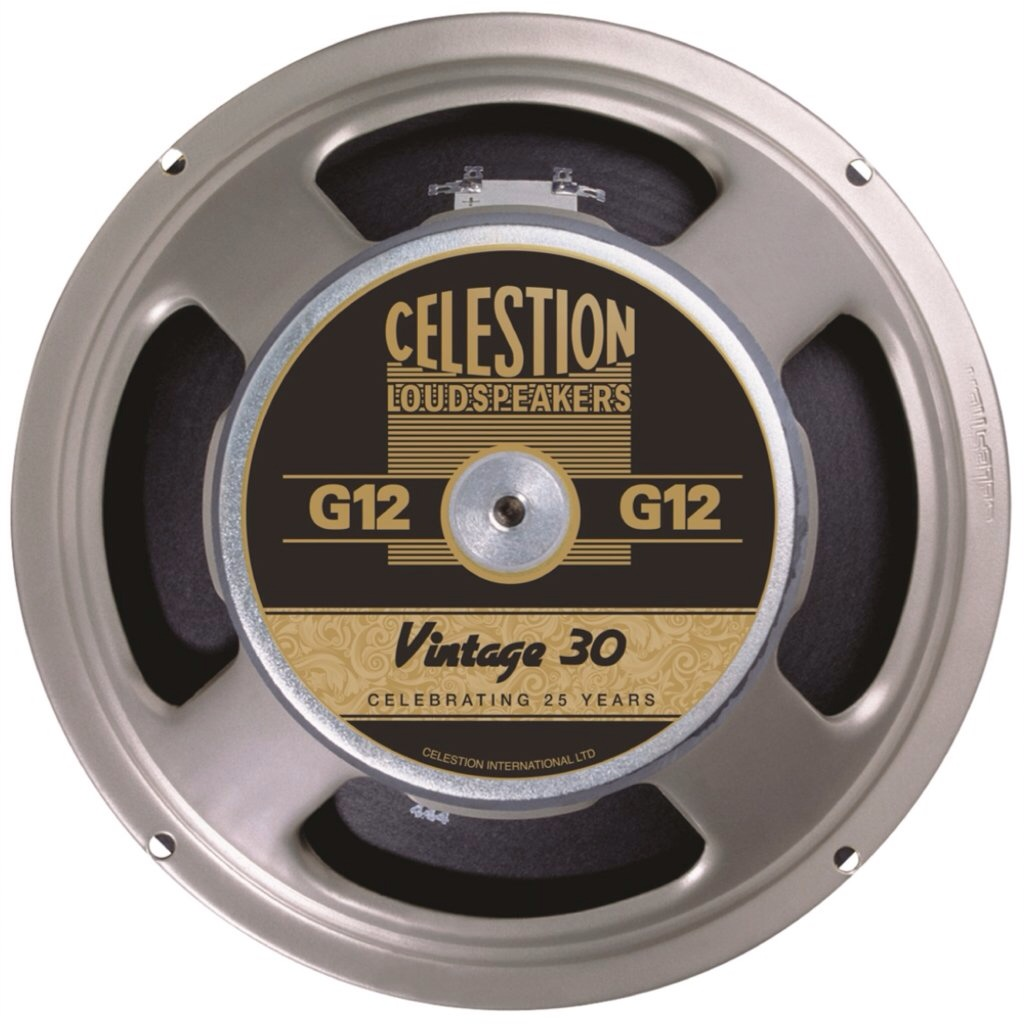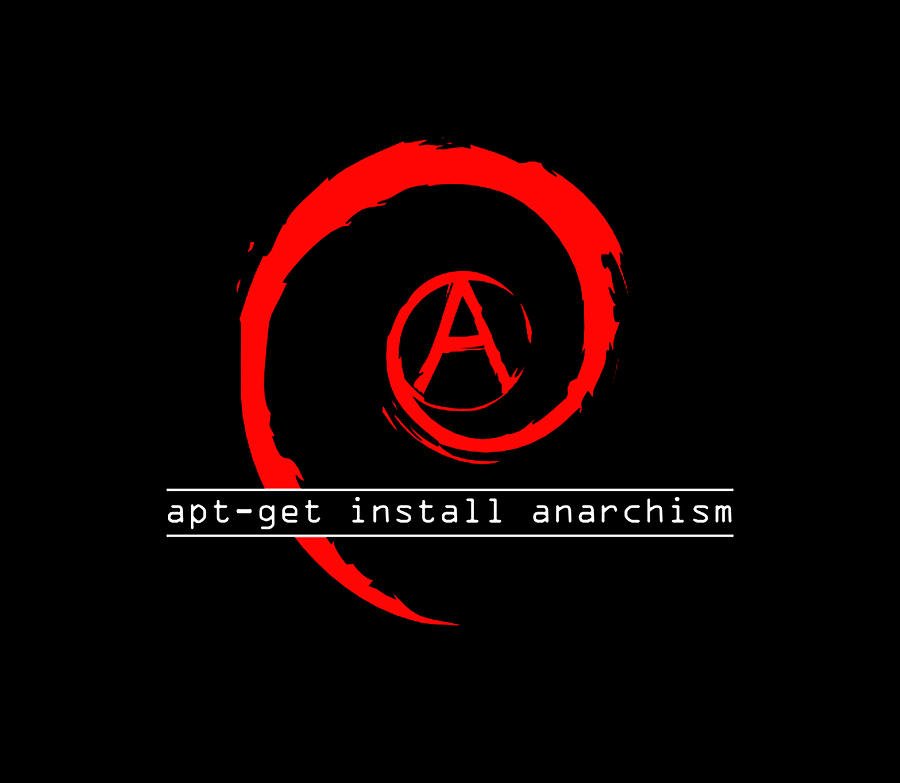

IMO the capitalists, the politicians, and the cops broke whatever social contract ever existed. Your neighbors, as much assholes as they might be, whatever box they ticked on the ballot box, were caught up in the breakage. You don’t have to like them, hell you don’t even need to forgive them, but please understand that it is the systems that need to be destroyed. And if we have to destroy any people, let them be the monsters who drive the system (capitalists and politicians) and the people who inflict that violence upon us (cops, ICE).




Yes, that’s why we should stop capitalist violence by tossing them into the sea 🏴🏴🏴